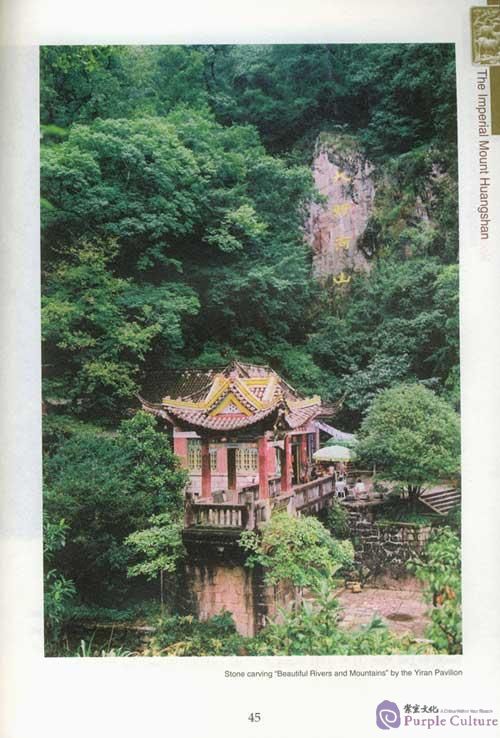It is easy to have a quick look at China's past and present, but it takes time to gain a panoramic knowledge of China. The "Panoramic China" series is meant to assist readers, especially those overseas, in this respect. Each volume in the series focuses on a province, municipality or autonomous region, describing, with illustrations, the outstanding characteristics of each area from different perspectives.
Anhui: Mount Huangshan and the Hui Culture
Anhui Province, often referred to as Wan,is situated in the north end of easten China. The province has a territory of 139,600 square kilometers and a population of 64.5 million, with Hefei as its capital. The Yangtze River in the south of the province and the Huaihe River in the north flow across it in an easterly direction, dividing the province into three regions of Wannan, Jianghuai and Huaibei.
South of the Yangtze lies Wannan, a land of mountains where green hills and peaks meet the eyes wherever they gaze. Here one can find the Buddhist mountain Mount Jiuhua, the Taoist mountain Mount Qiyun, and UNESCO World Cultural and Natural Heritage Sites-Mount Huangshan, Xidi and Hongcun Villages. The Hui Culture- the long and brilliant culture of this region- has engendered its own particular schools and genres in such discipilines as philosophy, literature, poetry, drama, painting, medicine and architecture and is an important component of Chinese culture.
This book is an introduction to the Hui Culture and the dreamlike Mount Huangshan - a work by the magic hand of nature.
